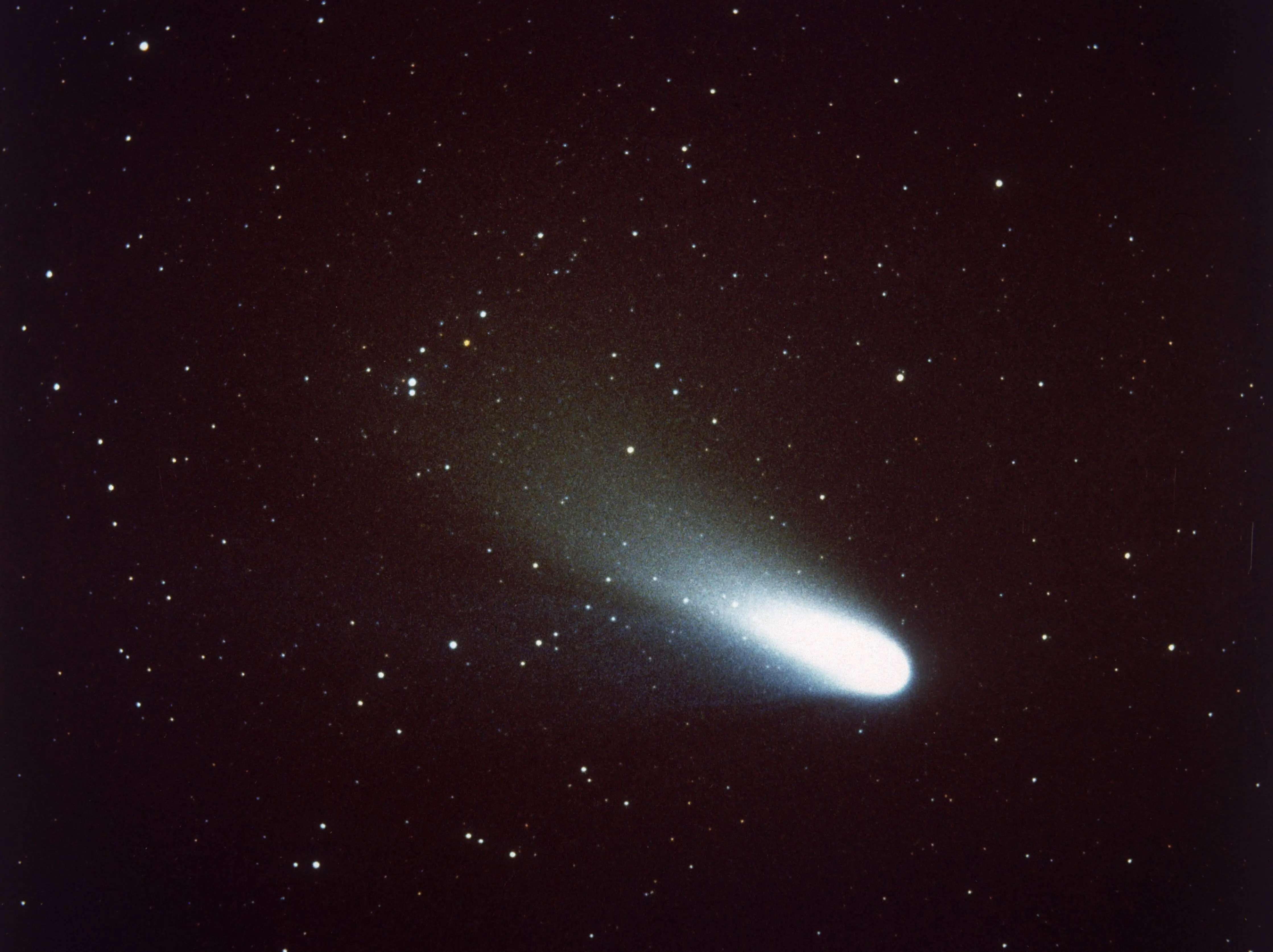3I/ATLAS is doing everything a cosmic thriller needs to go viral for, but not what a true threat would do. In recent weeks, 3I/ATLAS has brightened, changed color, grown a long ion tail and produced the first radio signal ever detected from an interstellar comet.
Those updates have collided with Harvard scientist Avi Loeb’s 40 per cent “maybe alien tech” claims and a burst of viral clips asking whether the object is quietly bending its path toward Earth. Current tracking says no. 3I/ATLAS is on a one-time, hyperbolic flyby that will not come closer than about 1.8 astronomical units, or roughly 270 million kilometres, when it makes its December 19 closest approach to Earth. NASA and ESA both state that the object poses no danger, and the new radio signal comes from ordinary comet chemistry, not from any transmitter.
What is interstellar comet 3I/ATLAS, and how close will it get to Earth?
3I/ATLAS is the third interstellar visitor ever identified, following the earlier detections of 1I/ʻOumuamua and 2I/Borisov. Astronomers first spotted it on July 1, 2025, with the ATLAS survey telescope in Chile and later traced images back to mid June, confirming a path that originated beyond the solar system.
Its orbit is hyperbolic, which means 3I/ATLAS is not bound to the Sun. It is dropping in once, swinging around our star and then leaving the solar system forever. NASA’s current solution shows perihelion around October 30 at about 1.4 astronomical units from the Sun, just inside the orbit of Mars.
For impact worries, the key figure is the Earth's miss distance. According to NASA’s Small Body Database and ESA’s planetary defence office, the closest 3I/ATLAS will come to Earth is about 1.8 astronomical units, or roughly 170 million miles. As per the NASA Science report dated July 2025, the agency stated,
“Comet 3I/ATLAS poses no threat to Earth and will remain far away.”
That geometry does not change even if the nucleus is fragmenting. Breaking into pieces would spread the same mass across a wider area, but the shared orbit still keeps the 3I/ATLAS debris stream far from Earth’s path. Models used by JPL and ESA are based on dozens of optical and radar measurements, which would flag any large, sustained deviation.
The phrase “3I/ATLAS heads toward Earth again” describes how the comet disappeared behind the Sun during perihelion and is now reappearing in the dawn sky from our side of the solar system. It does not mean the orbit has bent in toward our planet. NASA confirms that 3I/ATLAS “poses no threat to Earth and will remain far away from our planet” while astronomers continue to study it for science, not for emergency planning.
Brightening, turning blue and sending a radio “signal”: What has changed around 3I/ATLAS?
The “new changes” around 3I/ATLAS fall into three buckets that look spooky at first glance but line up with intense comet activity. Near perihelion, telescopes recorded a sharp jump in brightness, a shift toward an electric blue tone and an extended ion tail aligned with the solar wind. That blue color comes from ionised gases, including carbon monoxide ions, glowing under ultraviolet sunlight in the comet’s coma and tail, rather than from any engine-like glow.
Images from professional observatories and projects such as the Virtual Telescope show 3I/ATLAS with a long, structured ion tail and complex jets after perihelion. These features are expected when solar heating turns buried ices into gas, dragging dust outward and shaping material into a tail that always points away from the Sun.
The sharpest debate comes from fragmentation claims. In a recent analysis, Avi Loeb argued that the post-perihelion brightening and jet behavior could mean 3I/ATLAS broke into at least 16 pieces. As per The Economic Times report dated November 11, 2025, Loeb stated,
“This would mean that 3I/ATLAS exploded at perihelion and we are witnessing the resulting fireworks.”
Other astronomers, including Jason Wright’s group at Penn State, have publicly explained how the same data can match a very active but still intact comet, and stressed that no measurements indicate a change in the overall orbit.
The new radio “signal” has a similar pattern: dramatic framing, ordinary physics. South Africa’s MeerKAT radio array detected hydroxyl absorption lines produced when sunlight breaks apart water molecules in the coma of 3I/ATLAS. The team noted that the detection “confirms the object is a natural comet, not an alien probe.” For radio astronomers, that hydroxyl footprint is exactly what they hoped to see from a wet interstellar comet near the Sun, and it gives another way to track how fast 3I/ATLAS is losing water.
Taken together, the color change, tail growth, suspected shedding, and radio detection paint 3I/ATLAS as a highly active object, but still a natural comet whose orbit and distance remain unchanged from pre-perihelion predictions.
Stay tuned for more updates.
 6th March 1997: Comet Hale-Bopp, discovered in 1995 by Alan Hale and Thomas Bopp. (Photo by Space Frontiers/Hulton Archive/Getty Images)
6th March 1997: Comet Hale-Bopp, discovered in 1995 by Alan Hale and Thomas Bopp. (Photo by Space Frontiers/Hulton Archive/Getty Images)